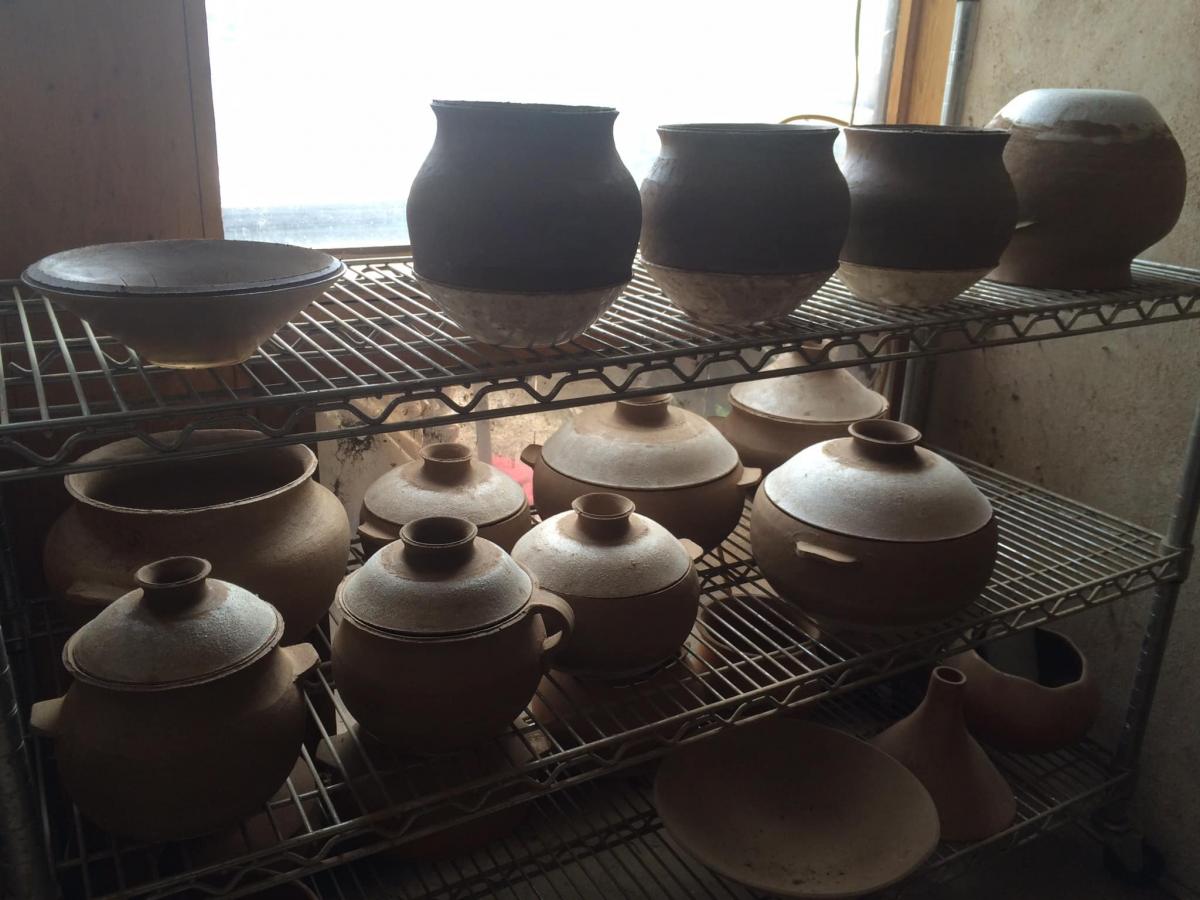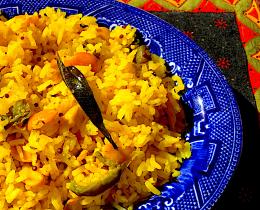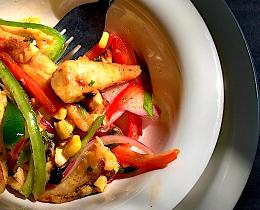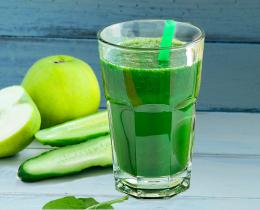Omega: What is micaceous clay?
Marc: The name comes from the fact that it has mica in it. Mica is a silicate that occurs naturally. It is a base layer found underneath the earth’s crust. In volcanic regions, you will find places where it has been pulverized due to tectonic activity.
In New Mexico, it is really prevalent because a billion years ago the state was an ocean bottom. Then there was a cataclysmic event that lifted it straight out of the sea. Because of that, micaceous clay is common in northwestern New Mexico, though it can be found all over the world. In New Mexico, you can dig it out from under the top soil. It's called surface mining. You never dig more than three feet for it.
Omega: What is special about micaceous clay?
Marc: All clays have a silicate that makes them vitrify, which is when heat fuses molecules together. Silcon is what makes them bond. Micaceous clay has mica as the bonder.
Mica has thermal properties that are different from a lot of other silicates. It can take extreme heat, up to 10,000 degrees. That’s why it’s found in places that once had volcanic activity. In industry, it was used as insulation for early electronics, as well as for other purposes.
Its tolerance to heat results in great cookware. You don’t have to glaze it. It can be used on any kind of heat surface because you don’t have the fracturing that happens when you heat and cool other types of clay cookware over and over again.
Micaceous clay is very strong. You can pick it up by the rims or the handles even before it’s fired and it’s not going to fall apart.
Omega: How has it been used throughout history?
Marc: Micaceous clay is found worldwide. It’s been used for 8,000 years in Turkey for cookware.
In the United States, indigenous people dug the clay out of the earth and made cookware right on the spot. When they moved, the pots often were broken and left behind because they could always make more along the way.
Those pots tended to be very conical. It wasn’t until the Spaniards came through the southwest in the 17th and 18th centuries and trade started to open up that more flat-bottomed, handled, and lidded pots were produced.
That’s why all the pots we make today labeled as "traditional pots" have handles and lids. That’s from the Spanish influence.
Omega: What attracted you to working with this clay?
Marc: There was something that felt right when I was handling it. It had the right grittiness and raw texture that I found was lacking in a lot of processed clays. It just made sense to me. Knowing that I could dig it myself and own the product right out of the ground really suited my nature.
Omega: How does cooking with micaceous clay affect food?
Marc: Almost all clays are a base. As soon as you glaze them, you make them neutral. Because micaceous clay is not glazed and because it is still porous—slightly more porous than cast iron—the food actually reacts with it. Things that are acidic—a chili or a tomato, for instance—are going to be neutralized in the base environment.
For an average sized family, 20 minutes of cooking in a micaceous clay pot will neutralize most of the acidity in your food. And by doing that, it changes the flavors on your tongue. Now you taste the sweet side of the tomato. And you don’t get any heartburn. Or you will get less. With chilies, you will retain the heat but it won’t have that burning feeling down your throat. It will be warm and you will get the sweat without some of the pain.
You have to cook a little slower. It is more old-school style. If you are cooking pasta sauces or beans, you can stick them in the oven because every part of the clay is oven-safe. And now you don’t have to stir your food because it is not going to stick on the bottom. It’s just going to bake. You can cook it just above boiling and leave it there, crock-potting, until the end of the day.
Sometimes shape will dictate the style of dish. For instance, something like a bean pot would be a terrible lasagna dish. That said, a bean pot is not only for beans. It can cook anything a normal pot will cook.
Omega: What surfaces can you cook on?
Marc: This clay can be used on any cooking surface. Wood fire, gas, and glass-top stoves are preferable to electric coil. I have not yet come across an oven that didn't work fine. They are microwave safe also.
The use of metal utensils has a high chance of scratching the pottery so I recommend plastic or wood.
I take them camping with me because you can cook on an open fire. You can also cook on a barbeque grill. They work great on wood stoves, too.
Omega: What makes it so beautiful?
Marc: The beauty comes naturally. The naturally occurring mica flake gives it its glimmer when the clay is burnished, or polished, before firing. It’s a tedious, time-consuming task. But without burnishing, the clay would be dull and would not hold water well or at all. It seals the clay to maintain some water tightness and brings out the natural shine, which is red or orange due to the iron content.




